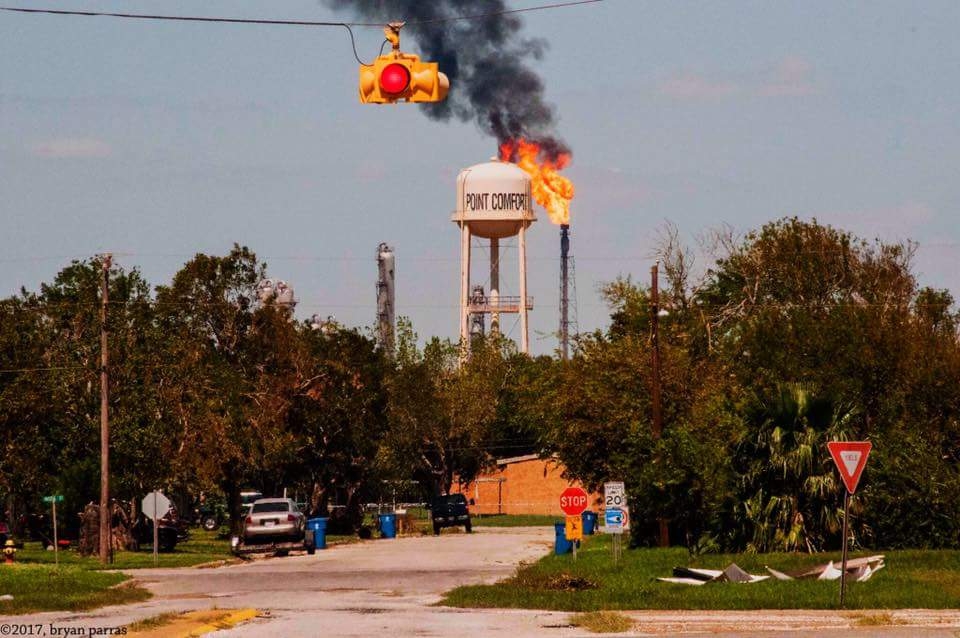

Consider the tangle of different government and public-facing agencies involved in Calhoun County:
The US Environmental Protection Agency continues to manage the Alcoa Superfund site.
The Army Corps of Engineers, a federal agency with responsibilities for civil works focused on navigation, flood and storm damage protection, and aquatic ecosystem restoration, is responsible for port-related projects. The Corps of Engineering is infamous for cost-benefit led approaches that privilege commerce over ecology.
The Calhoun Port Authority, responsible for operating the port, has a banner on their webpage that describes their approach: With “Deep expertise in petrochemicals, Our world-class port helps petrochemical companies save time and money” (Calhoun Port Authority 2023).
The US EPA has threatened to revoke Texas Commission on Environmental Quality (TCEQ)’ right to permit because its record has favored industry.
Texas Parks and Wildlife (TPW) game wardens are especially reviled by local fishermen for stewarding the bays in ways that make it impossible to earn a living.
The US Occupational Safety and Health Administration (OSHA) comes to the county when plants blow up and kill workers, with rare visits otherwise.
Researchers writing about the development of the shale gas industry in Northern Australia argue that this tangle of agencies and authorities responsive for environmental governance in Calhoun County–each with its own mandate, jurisdiction, culture and expertise–fragments and capitalizes on the problem, undercutting environmental stewardship of the region. They call this “divisible governance”, a tactic used to undercut the public’s ability to conceive and reign in the environmental risks produced by fossil fuel industries. This makes defragmentation an important political strategy and goal.
What are the different government agencies responsible for environmental governance in Calhoun County? What have they done or not done?
What is divisible governance? Why is it important for environmental justice?
What can be done to address divisible governance?
Calhoun County is a rural yet highly industrialized region on the Gulf Coast of Texas, 150 miles south of Houston, 240 miles north of the Mexican border. When reporting on one of Diane Wilson’s hunger strikes in 2002, journalist Lisa Sorg wrote that Seadrift, a coastal fishing town on the San Antonio Bay, is quiet, but stinks like hell. Along the highways 185 and 238 that connect the bays (San Antonio, Lavaca, Matagorda), many toxics-spewing industries live alongside farms and homes.
The toxic chemicals that pour into the bay as industrial wastewater discharge have killed thousands of shrimp, fish, alligators, and dolphins. It has put Seadrift, and Calhoun County’s fishing community, at a great risk of disappearing altogether. Diane Wilson says that she thinks that “companies are drawn to rural areas... Places where there won't be a big outcry and they just slide on in”.
Why would companies be drawn to rural areas?
How are industries placed beside farms and homes?
Do you think industries affect farms and homes differently? Why or why not?